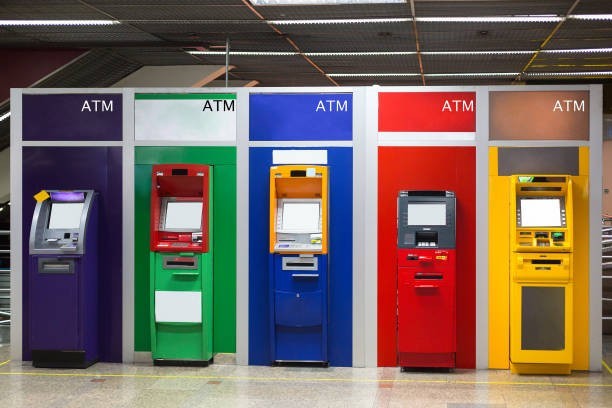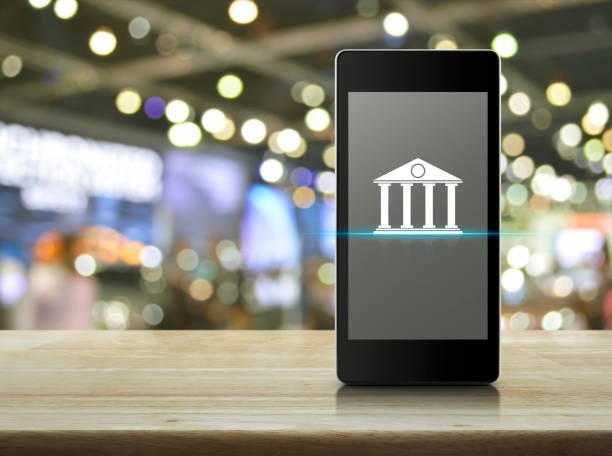views
#BankFacts #MoneyTrivia #FinanceFun #BankingHistory #EconomyInsights #BankCulture #FunFinanceFacts #HistoryOfMoney
1. The Oldest Bank Is Over 500 Years Old

Banca Monte dei Paschi di Siena in Italy, founded in 1472, holds the title of the world’s oldest bank still in operation. Established to provide loans to the needy, it has survived wars, economic crises, and centuries of political change. Its history reflects the evolution of banking from small, community-focused institutions to modern financial powerhouses. Despite technological advancements, this centuries-old bank still serves customers today, proving that adaptability and trust can keep a business alive for over half a millennium. It’s a living piece of history you can still walk into and do business with.
2. The First ATM Was Inspired by Chocolate Machines

John Shepherd-Barron invented the first automated teller machine (ATM) in 1967 for Barclays Bank in London. His idea came from vending machines that dispensed chocolate bars—he simply replaced candy with cash. Instead of cards, the first ATMs used special paper vouchers coated with radioactive ink, which the machine could read. Customers entered a personal identification number (PIN) to withdraw money. This invention transformed banking by making cash available 24/7, a revolutionary convenience at the time. Today, millions of ATMs worldwide continue to make banking accessible anytime, anywhere, thanks to a sweet bit of inspiration.
3. Piggy Banks Really Came from “Pygg” Jars

The term “piggy bank” isn’t about pigs at all—it comes from “pygg,” an orange clay used in the Middle Ages to make jars for storing money. Over time, the name evolved, and potters began crafting these jars in the shape of pigs as a playful pun. These pig-shaped containers became popular savings tools for children and adults alike. They also symbolize thrift and financial discipline. The tradition has continued into the modern era, with digital piggy banks and savings apps keeping the playful name alive while updating the method for the digital age.
4. Banks Once Issued Their Own Money

Before national currencies became standardized, many banks printed their own banknotes. In the United States during the 19th century, there were thousands of different designs and values circulating, issued by local banks. This system often caused confusion, counterfeiting problems, and fluctuations in value between regions. Eventually, governments established centralized currencies to ensure consistency and trust. Some historical banknotes are now valuable collector’s items, offering a glimpse into a time when money literally looked different depending on where you banked. These old notes are reminders of how much banking has evolved toward standardization.
5. Banks Have Vaults Big Enough to Hold Cities’ Gold

Some bank vaults, like the one in the Federal Reserve Bank of New York, store thousands of tons of gold bars—making them among the most secure places on Earth. The New York vault is located 80 feet below street level and is protected by a massive steel cylinder and armed guards. Countries around the world store their gold reserves there for security and stability. While most of us will never see inside, these vaults are a fascinating reminder of the scale and seriousness of banking’s role in protecting national and global wealth.
6. Mobile Banking Is Older Than You Think

While smartphones make mobile banking easy today, the concept began in the late 1990s. Early systems used SMS messages or basic internet connections to check balances and transfer funds. Banks quickly adopted this technology to reach customers in remote areas, especially in countries where physical branches were scarce. Today, mobile banking includes sophisticated apps, biometric security, and instant payments. In some regions, mobile banking is more common than traditional banking, highlighting how technology can transform financial access and inclusion on a global scale, connecting even the most remote communities to modern banking services.
7. Banks Funded Some of History’s Biggest Adventures

From financing ancient trade caravans to supporting voyages like Christopher Columbus’s journey to the New World, banks have played a crucial role in exploration. By providing loans and funding, they allowed merchants and explorers to take risks and expand into new territories. This not only fueled trade but also shaped the course of history. Without banking support, many great expeditions might never have happened. In this way, banks have been behind-the-scenes players in some of humanity’s boldest ventures, investing in ideas that changed the world forever.
8. Some Banks Operate Without Physical Branches

Digital-only banks, also known as “neobanks,” have no physical locations and operate entirely online. Examples like Monzo, N26, and Chime provide full banking services through mobile apps. These banks often have lower fees and faster services because they save money on maintaining branches. While some customers miss the in-person service of traditional banks, others appreciate the convenience and accessibility of 24/7 banking from anywhere in the world. This shift is part of a broader trend toward digitization, where even centuries-old institutions adapt to meet the demands of modern consumers.
9. Bank Robberies Are Less Common Than You Think

Thanks to modern security systems, bank robberies are far less frequent today than in the past. In fact, cybercrime has largely replaced physical robberies as the main threat to banks. Surveillance cameras, silent alarms, and security guards make walking into a bank with the intent to steal a high-risk endeavor. Historical bank robberies, like the famous Great Train Robbery or Jesse James’s heists, captured public imagination, but modern banks focus more on preventing hackers from stealing millions electronically than on stopping masked robbers with guns.
10. Banks Have “Banker’s Hours” for a Reason

The term “banker’s hours” comes from a time when banks were only open for a few hours in the morning to handle transactions before balancing their books for the day. This was before technology streamlined operations. Even though most banks have extended hours or 24/7 online access now, the phrase still survives as a way to describe a short or easy workday. It’s a quirky reminder of how much banking has changed, with convenience and speed replacing the slower, more methodical pace of the past.




















Comments
0 comment